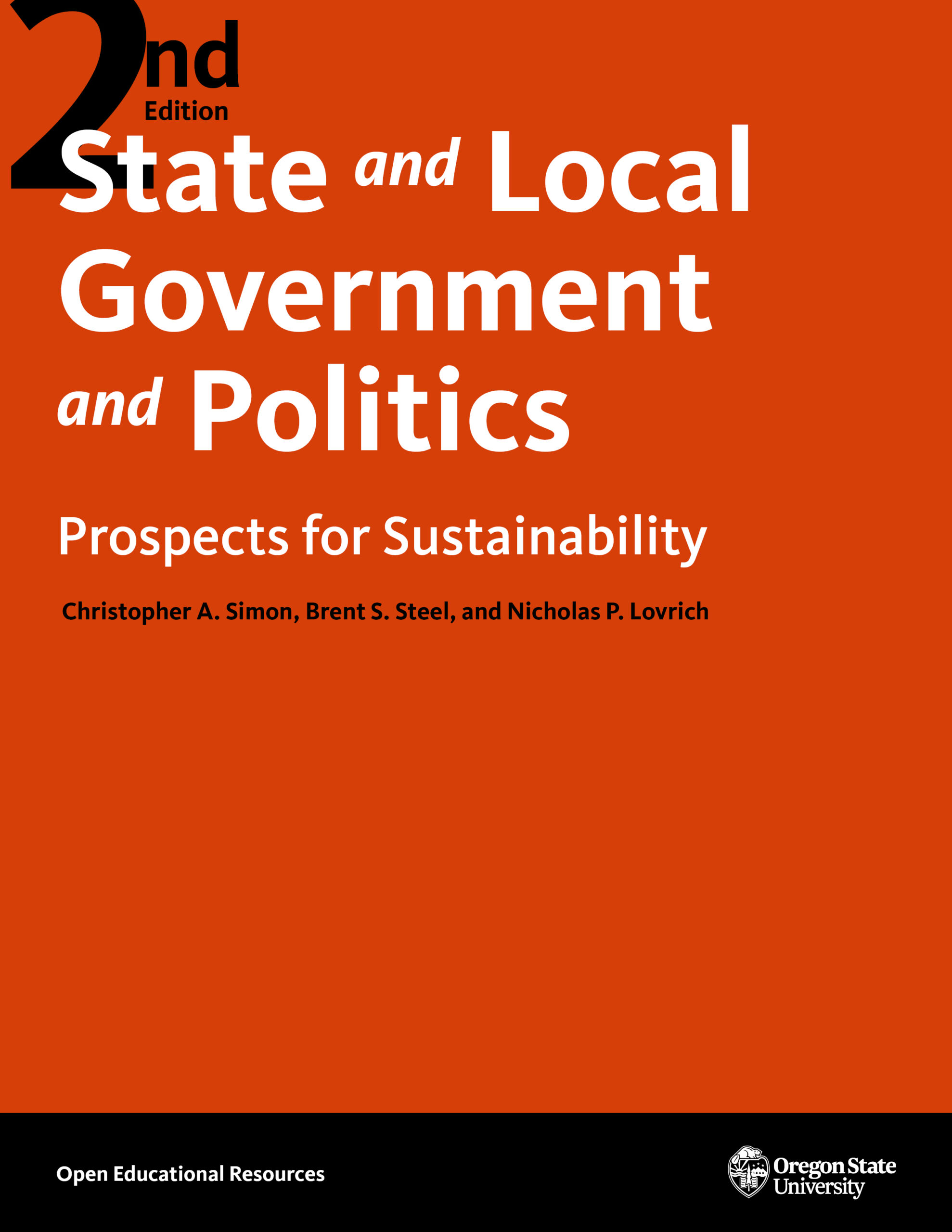
Nhà xuất bản: Project Gutenberg
Thể loại: Chính trị pháp luật
Định dạng: Epub
Lượt xem: 568
Ngày cập nhật: 14/04/2021
Book Description: Traffic analytics interactive report
Chapter 4: Key Actors and the Policy Process in State and Local Governments
Chapter 9: State and Local Bureaucracy and Administration
Chapter 10: Budgeting and Sustainability